• Nigeria is exiting the recession but the economy remains vulnerable.
• Welcome actions to improve the power sector and business environment under the Economic Recovery and Growth Plan.
• Macroeconomic and structural reforms remain urgent to contain vulnerability and support sustainable private sector led growth.
An International Monetary Fund (IMF) staff team led by Amine Mati visited Nigeria during December 6-20, 2017 to conduct the 2018 Article IV consultation. Following the conclusion of the visit, Mr. Mati, Senior Resident Representative and Mission Chief for Nigeria at the IMF, issued the following statement:
“Overall growth is slowly picking up but recovery remains challenging. Economic activity expanded by 1.4 percent year-on-year in the third quarter of 2017—the second consecutive quarter of positive growth after five quarters of recession—driven by recovering oil production and agriculture. However, growth in the non-oil-non-agricultural sector (representing about 65 percent of the economy), contracted in the first three quarters of 2017 relative to the same period last year. Difficulties in accessing financing and high inflation continued to weigh on companies’ performance and consumer demand. Headline inflation declined to 15.9 percent by end-November, from 18½ percent at end-2016, but remains sticky despite tight liquidity conditions.
“High fiscal deficits-driven by weak revenue mobilization—generated large financing needs, which, when combined with tight monetary policy necessary to reduce inflationary pressures, increased pressure on bond yields and crowded out private sector credit. These factors contributed to raising the ratio of interest payments to federal government revenue to unsustainable levels. Reflecting the low growth environment and exposure to the oil and gas sector, the banking industry’s solvency ratios have declined from almost 15 to 10½ percent between December 2016 and October 2017, and non-performing loans have increased from 5 percent in June 2015 to 15 percent as of October 2017, although with provisioning coverage of about 82 percent.
“The authorities have begun addressing macroeconomic imbalances and structural impediments through the implementation of policies underpinning the Economic Recovery and Growth Plan (ERGP). Supported by recovering oil prices, the new Investor and Exporter foreign exchange window has increased investor confidence and provided impetus to portfolio inflows, which have helped to increase external buffers to a four-year high, and contributed to reducing the parallel market premium. Important actions under the Power Sector Recovery Program increased power supply generation and ensured government agencies pay their electricity bills. Welcome steps were also taken to improve the business environment and to address longstanding corruption issues, including through the adoption of the National Anti-Corruption Strategy in August 2017.
“However, in the absence of new policies, the near-term outlook remains challenging. Growth is expected to continue to pick up in 2018 to 2.1 percent, helped by the full year impact of greater availability of foreign exchange and higher oil production, but to stay relatively flat in the medium term. Risks to the outlook include lower oil prices, tighter external market conditions, heightened security issues, and delayed policy responses.
“Containing vulnerabilities and achieving growth rates that can make a significant dent in reducing ...






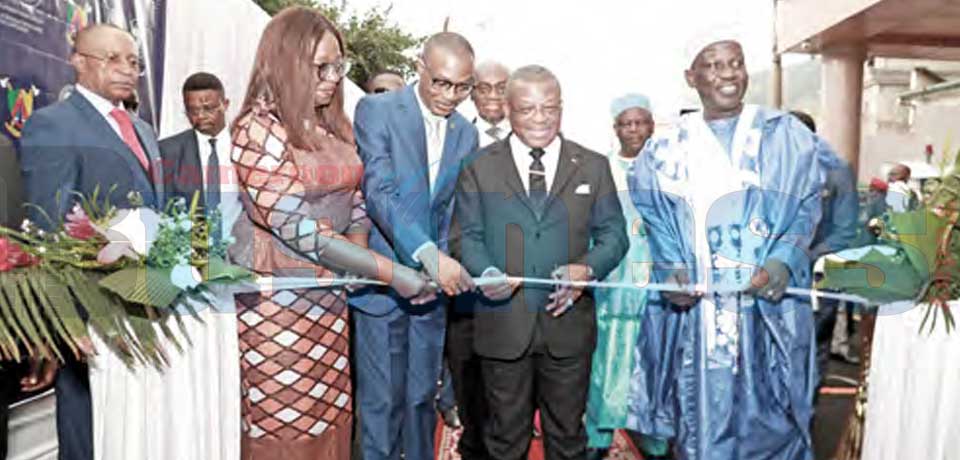

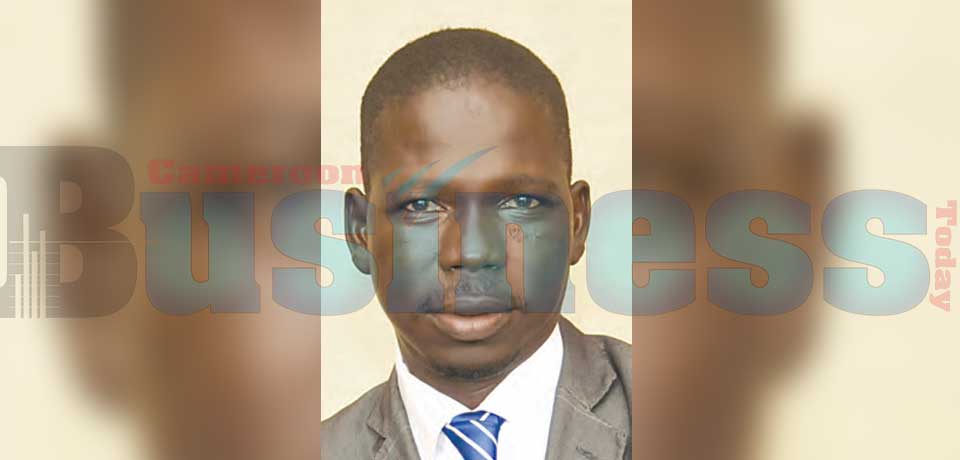
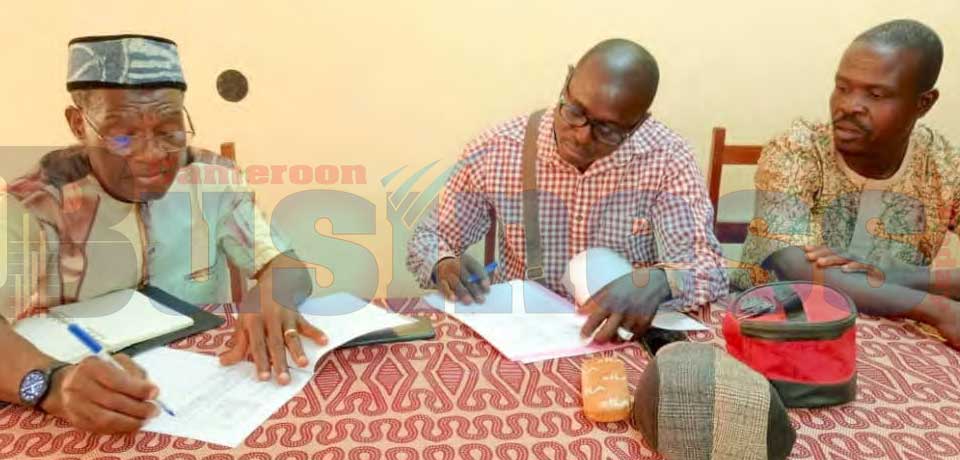

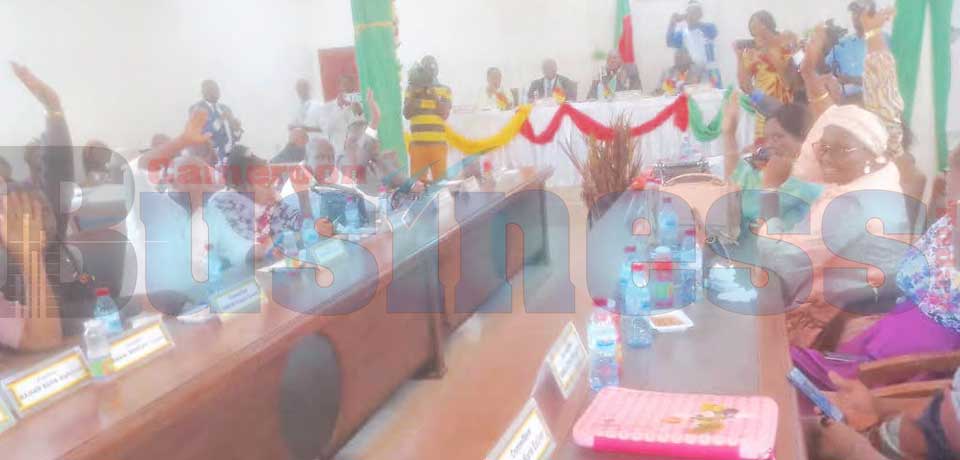

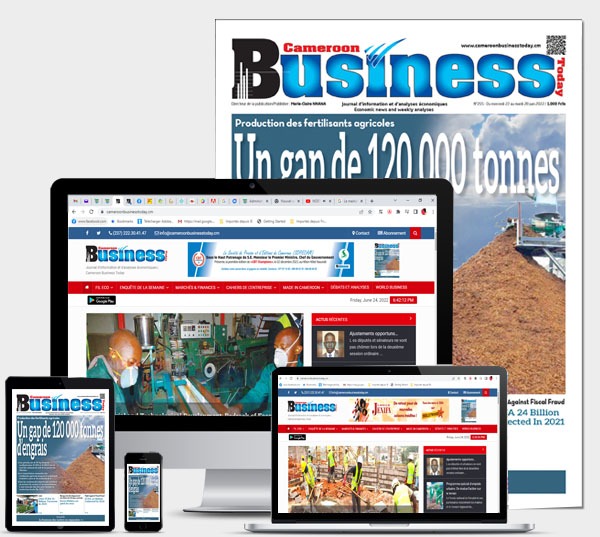


Commentaires